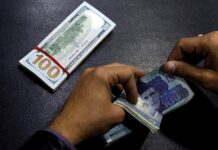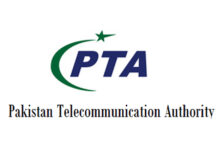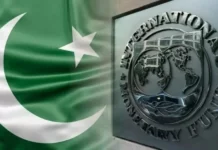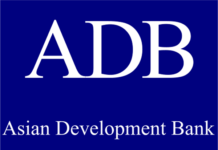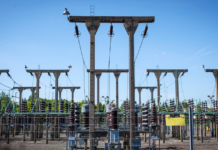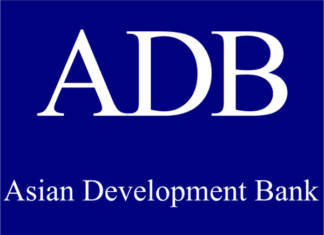Moody’s Ratings has upgraded the local and foreign-currency long-term deposit ratings of five major Pakistani banks—Allied Bank Limited (ABL), Habib Bank Ltd. (HBL), MCB Bank Limited (MCB), National Bank of Pakistan (NBP) and United Bank Ltd. (UBL)—to Caa1 from Caa2, assigning a stable outlook. The move followed Moody’s recent upgrade of Pakistan’s sovereign issuer and senior unsecured debt ratings to Caa1 from Caa2, reflecting improvements in the country’s external position under the IMF Extended Fund Facility (EFF).
Alongside the deposit rating changes, Moody’s revised the Baseline Credit Assessments (BCAs) and Adjusted BCAs, raising ABL, HBL, MCB and UBL to caa1 from caa2, and NBP to caa2 from caa3. The country’s Macro Profile was also lifted to “Very Weak+” from “Very Weak.” Moody’s said the upgrades capture an improving operating environment, enhanced government capacity to support banks, and the institutions’ own resilient financial performance.
The agency noted that Pakistan’s banking system remains heavily linked to the sovereign, with government securities accounting for about half of total assets. Nevertheless, banks continue to show resilience, with stable deposit-based funding, high liquidity buffers and solid earnings capacity. The improvement in the macro backdrop is also helping. Inflation has dropped sharply, from 30.8 percent in 2023 to 12.6 percent in 2024, while the State Bank of Pakistan cut its policy rate from a peak of 22 percent in May 2024 to 11 percent in May 2025. These shifts are expected to reduce problem loans, ease borrowing costs and stimulate credit demand in SME and consumer segments. However, Moody’s warned that profitability would come under pressure due to compressed net interest margins, while asset risks remain elevated given Pakistan’s high liquidity and external vulnerability challenges.
Among individual institutions, Allied Bank’s upgrade reflected low problem loans—NPLs of just 1.6 percent as of March 2025, well below the sector average—together with ample liquidity and stable deposit funding. Habib Bank’s stronger profile was supported by solid liquidity buffers, a robust deposit base and reported NPLs of 5.3 percent as of March 2025, though its modest capital buffers, with tangible common equity at 5.7 percent of adjusted risk-weighted assets, and sovereign exposure remain key risks. MCB Bank benefited from strong profitability, with a return on assets of 1.7 percent during the first quarter of 2025, as well as stable deposits and liquidity. Like its peers, however, it remains constrained by asset risks and modest capitalisation, with tangible common equity also at 5.7 percent of adjusted risk-weighted assets.
National Bank of Pakistan’s upgrade took into account its systemic importance and government backing, with 75 percent ownership through the Pakistan Sovereign Wealth Fund. The bank’s deposit profile is strong and its net income equalled 1.3 percent of tangible assets in the first quarter of 2025, despite earlier litigation-related costs. Still, NBP’s asset quality remains weak, with nonperforming loans of 14.2 percent as of March 2025, well above the sector average, and capital buffers remain modest when government securities are risk-weighted at 150 percent. United Bank Limited also benefitted from improved operating conditions and maintained a stable deposit base with strong liquidity buffers, but its nonperforming loans stood at 14.7 percent of gross loans in March 2025, largely reflecting the Silk Bank acquisition. These are fully covered by provisions, but weak capitalisation levels and high sovereign exposure continue to weigh on its profile.
Moody’s cautioned that Pakistan’s external position is still fragile, as reserves remain insufficient to meet external debt obligations. The continuation of IMF programme reforms will be crucial to sustaining financing flows. The stable outlook on all banks is aligned with the sovereign’s rating and reflects both the progress made in stabilising the economy and the challenges that remain. Moody’s said future upgrades would require further strengthening of the operating environment and sovereign profile, provided banks maintain their resilience. Conversely, downgrades could occur if Pakistan’s Caa1 sovereign rating is cut or if banks’ asset quality, profitability or capital adequacy weaken.


